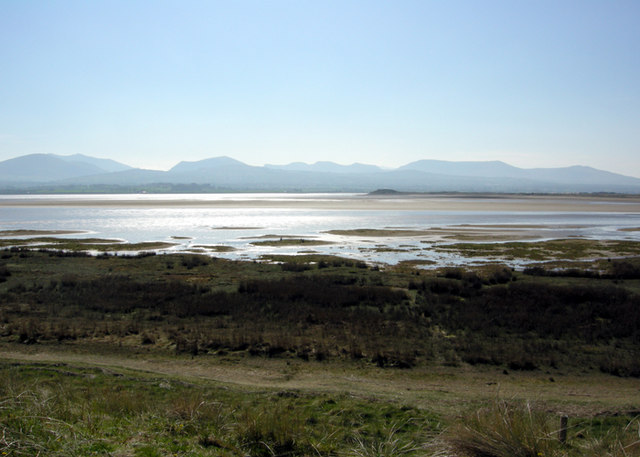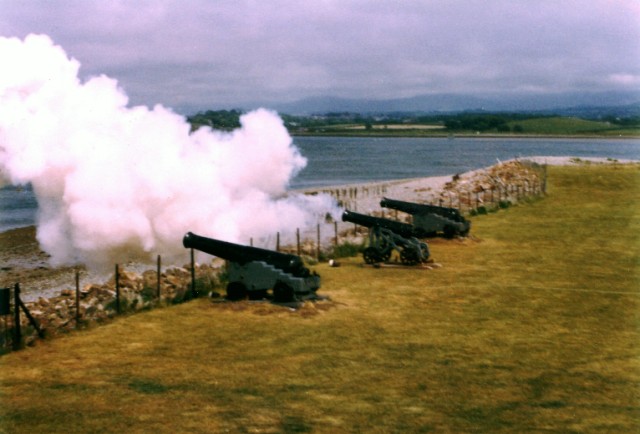|
Abermenai Point
Abermenai Point (Welsh: Pwynt Abermenai) is a headland in the southeast of the island of Anglesey in Wales. It is the southernmost point of the island and is the northern point of the western entrance of the Menai Strait. The headland is mainly composed of sand dunes at the end of Newborough Warren and has no road leading up to or onto it. The nearest major public road, along which a public bus runs is the A4080 at Newborough. Due to its exposed location and the nature of the straits the Ordnance Survey map for the point carries a warning ''"Public Rights of Way to Abermenai Point can be dangerous under tidal conditions."'' The earliest recorded ferry crossing route from the island to the mainland ran from the point to the site at which Fort Belan now sits. Records in the late 11th century relating to the then King of Gwynedd, Gruffudd ap Cynan state that a ferryman was employed there and ferry houses at both locations have been recorded throughout history. In 1725, Daniel Defo ... [...More Info...] [...Related Items...] OR: [Wikipedia] [Google] [Baidu] |
Fort Belan
Fort Belan (alternative: Belan Fort; pronounced: ''Bell-ann'') is a coastal fortress in North Wales. It is located opposite Abermenai Point, at the south-western end of the Menai Strait, on the coast of Gwynedd, in the parish of Llanwnda. Situated at the tip of the Dinlle Peninsula, the windblown, north-westernmost point of the Welsh mainland, the fort is cut off twice a day by the incoming tide. History The fort was built in 1775 for a reported cost of ÂŁ30,000 (equivalent to ÂŁ million in ), by Thomas Wynn, then MP for Caernarfonshire and later to become Lord Newborough. He was worried about the vulnerability of Britain's coastline to attack, particularly because of the recently begun American War of Independence. Fort Belan was the only purpose-built fort of the American Revolution on the eastern side of the Atlantic Ocean. It guards a narrow passage of width. In the late 1780s, the barracks were used to ward off raiding American privateers from the Irish Sea but despite ... [...More Info...] [...Related Items...] OR: [Wikipedia] [Google] [Baidu] |
Angharad Ferch Owain
Angharad ferch Owain (1065–1162) was the wife of Gruffudd ap Cynan, a king of Gwynedd. Biography Angharad was born in the region of Tegeingl in Flintshire county, Wales. Her father was Owain ab Edwin (1044–1105). Her mother was Morwyl ferch Ednywain (1048–1065), wife of Edwin. She was faithful to her queenly duties. Angharad married Gruffudd ap Cynan in 1082 in the Kingdom of Gwynedd when she was seventeen. She was queen of Gwynedd for forty years with her husband and queen mother for twenty-five years into the time period when her son Owain ap Gruffudd was king of Gwynedd in north Wales. Personality Angharad was a tall blonde and labelled "Golden Haired".Ancestry.com Library Edition â€Angharad Queen of Gwyneed, "Golden Haired", Verch Owain ap Edwin/ref> She was considered attractive and eloquent. Angharad had large eyes, strong limbs, long fingers with well groomed nails, a nice figure and fine feet. She had a queenly personality, was good-natured, and was kn ... [...More Info...] [...Related Items...] OR: [Wikipedia] [Google] [Baidu] |

